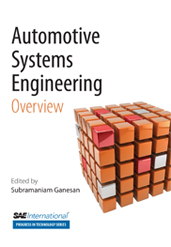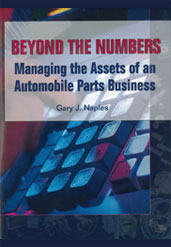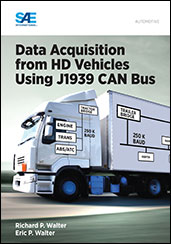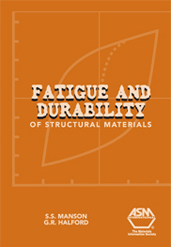Book
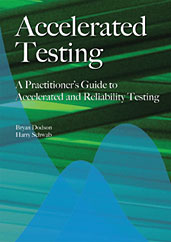
Accelerated Testing
2006-03-27
The application of accelerated testing theory is a difficult proposition, yet one that can result in considerable time and cost savings, as well as increasing a product's useful life. In Accelerated Testing: A Practitioner's Guide to Accelerated and Reliability Testing, readers are exposed to the latest, most practical knowledge available in this dynamic and important discipline. Authors Bryan Dodson and Harry Schwab draw on their considerable experience in the field to present comprehensive, insightful views in this book. Development and quality assurance tests are defined in detail and are presented from a practical viewpoint. Included are testing fundamentals, plans and models, and equipment and methods most commonly used in accelerated testing. Individuals seeking to evaluate and improve the design lives of components and systems will find this book a valuable reference, with special attention being paid to testing in the mobility industries.




